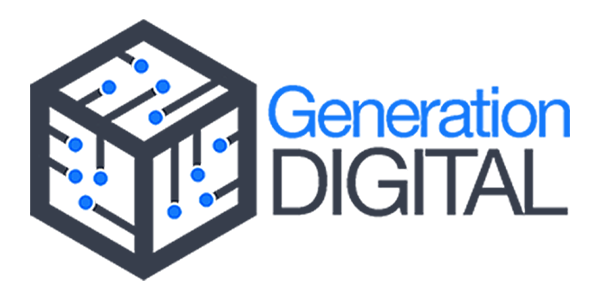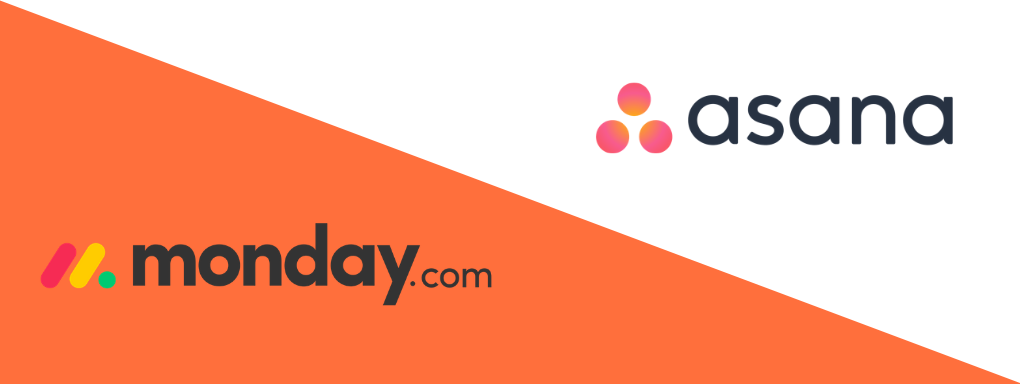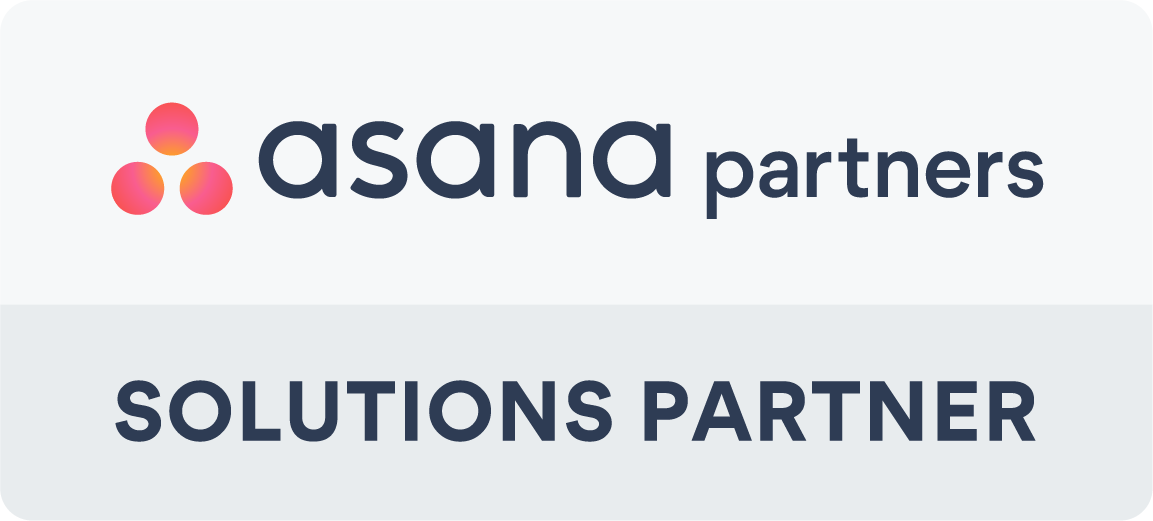BONUS EBOOK: Understanding and Implementing Agile
Both project management tools have been around for several years now, providing one of the best sleek user interfaces and many more perks that make them user-friendly. During these trying times of rapid change in digital technology, one thing remains the same: remote workers and non-remote workers enjoy using project management software. Adopting new technologies, tools, and even methodologies can help boost people and project management more effectively, but deciding which tool to use might seem daunting.
What is the difference between Asana and Monday?
Since project management is becoming more mature, Asana is considered one of the best project management software systems for small and medium-sized businesses. What makes Asana unique is its approach to cloud-based solutions in managing projects, tasks and employees. It also offers collaboration tools that have turned out to be very resourceful for remote teams, documents, workflow and portfolio management, and task management.
Moreover, this system helps visual task progress in multiple views, including calendars, lists, Gantt charts and Kanban boards. Asana also offers more than 100 integrations to reduce the amount of time spent switching back and forth between different software. Though Asana's system provides many more, these are just some of the key reasons people prefer Asana. In terms of pricing, Asana has the choice of four different tiers.
In contrast to Asana, Monday.com has been gaining market share exponentially, and it offers an array of services to support small and large teams. Using this project software, users do not have to switch back and forth between highly detailed and big-picture views on project statuses. Monday works by visualising task progress in one interface, conveniently enabling users to navigate with ease from viewing ongoing projects in the form of Kanban boards, timelines and Gantt charts. Synonymous with Asana, Monday.com comes in four unique tiers, with the chance to start on a free trial.
Asana and Monday: Integrations
Most other project management systems would have a set number of integrations on offer. As for Asana, it’s integration offering grows by the day, and there are currently over 100 integrations, from Dropbox, Salesforce, Github and Slack, to other well-known marketing automation platforms such as Mailchimp and Hubspot.
While Monday might not offer 100+ integrations, it has 20 robust integrations and its very own API to facilitate custom connections. Some of Monday’s out-of-the-box integrations include Mailchimp, Shopify, Google Drive, Jira, and Slack.
Asana and Monday: Security
Since last year, there has been a spike in companies adopting digital security, and given how cyber threats are growing, more companies are trying to find the right digital tools to protect themselves. More specifically, their sensitive data.
It’s important to understand just how vital project management systems can be used as a shield to protect a company’s data and their customer’s pertinent information. Both Monday and Asana are known for being notoriously good at protecting data, and both have EU-US Privacy Shield, GDPR, SOC 1 and 2 compliance.
Asana and Monday.com: Figuring out the different core features
It is evident that both Asana and Monday.com offer the same impressive core features, but how they present them is slightly different. Below are examples of how both systems display three main features: workflow management, progress visualisation, and task management.
Workflow Management
Asana likes to simplify how we visualise projects and gives different options for viewing tasks. These views make it easy to visualise progress on existing projects and include lists, Gantt charts, Kanan boards and calendars. As an additional feature, Asana has task dependencies to ensure teams follow and finish tasks, and there is also drag-and-drop functionality so that tasks can be moved and altered.
Monday.com sort of functions in the same way as Asana, the primary way it differentiates from Asana is that users can see different visualisations for Pulses without continually switching between pages or browser tabs. Monday's user interface (UI) displays a list view of your Pulses with a mini progress bar for each one, giving you the option to view everything in one place.
To change Pulse statuses, simply drag down the menu in the list where you can also shrink or expand Pulses in the timeline view or drag-and-drop cards in the board view.
Portfolio Management
If you have used other project management systems before, you probably know that most don’t include portfolio features. Portfolios are what set Asana and Monday.com on a pedestal compared to other tools. Asana offers a portfolio feature specifically for projects rather than individual tasks. You can also nest portfolios within each other, giving a birds-eye view of all of your teams and departments. This feature enables teams to zoom out from day-to-day tasks to the broader workspace for the bigger picture.
In contrast to Asana, Monday.com has a feature called ''Groups''. When you create a new 'Pulse', you can select which group to add to it. Groups are not considered tasks or projects but rather a creative way to create them the way you like. To manage a project portfolio, simply generate a Group wherein every Pulse represents a project.
Task Management
Monday.com refers to ''tasks'' as ''Pulses.'' While Asana uses cards to represent tasks, Monday uses Pulses. The pulse gets assigned to teams or individuals, and you can set each pulse status and make one Pulse dependent on another.
With Asana, you can create tasks and assign them to team members and set deadlines. There is also the option to make tasks dependent on other tasks. A simple click on a task will expand it to display more details, and the best part is using @ mentions notify individuals. Users can also attach documents to tasks for team collaboration and can communicate directly at the task level.
Monitoring deadlines is easy with Asana. The platform will display tasks that are due soon in the Home section, and users can see a full list of tasks assigned to them by searching for My Tasks.
Asana vs Monday: Choosing the best project management software for your business
It is evident that both project management software has different working methods but have similar core features, and both give good results. You could always experiment to see which one would best suit your project needs?
If you'd like to take out a 30-day Enterprise trial of Asana please complete the form below.



